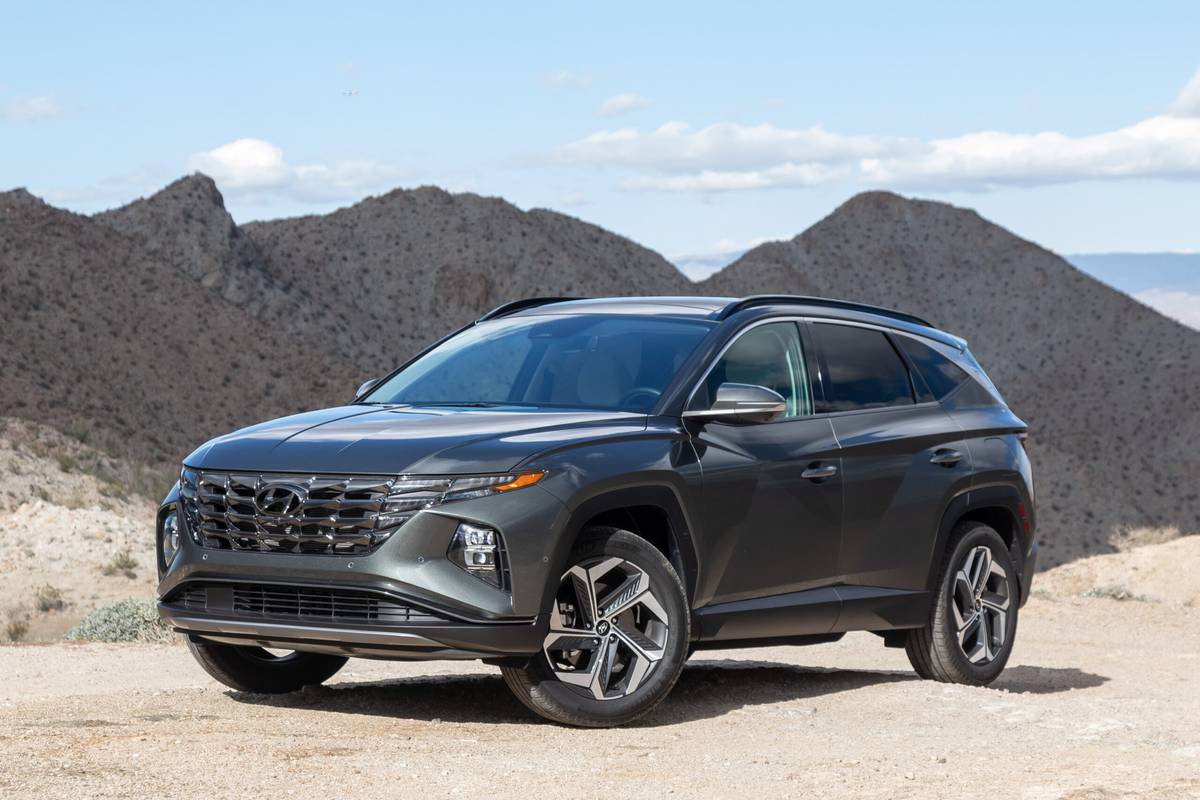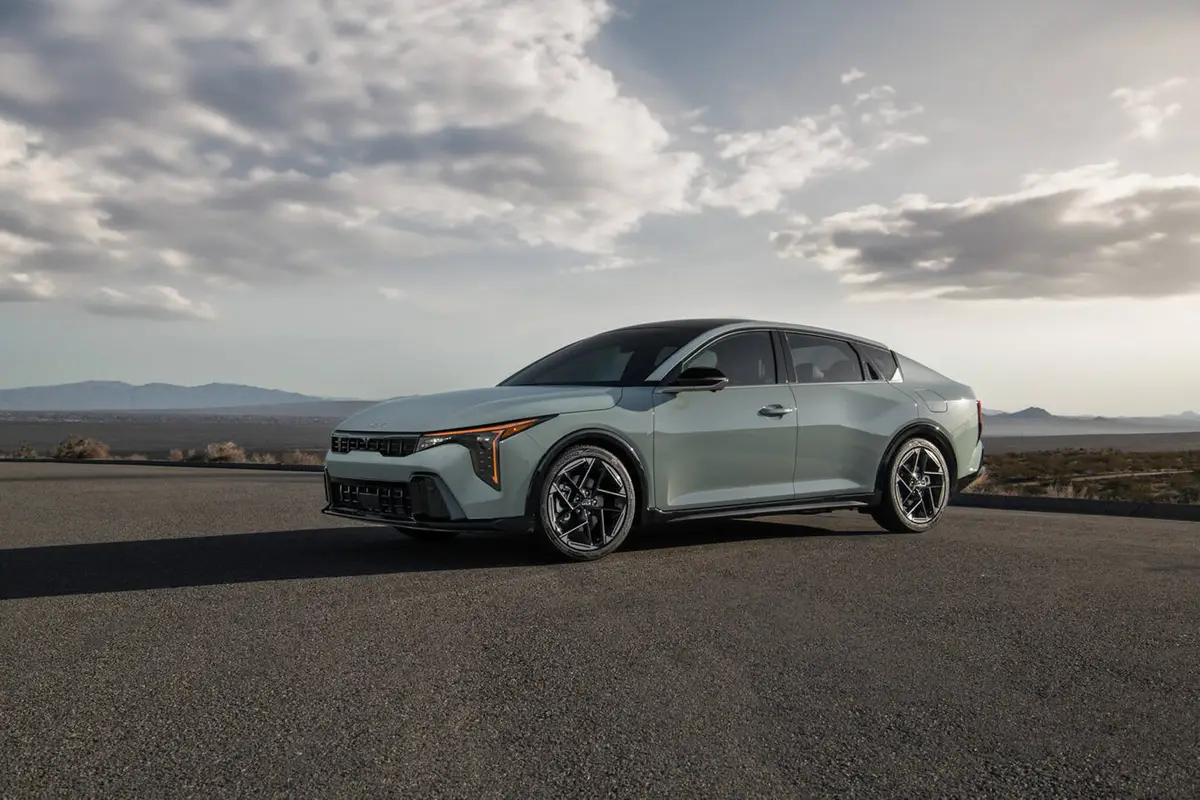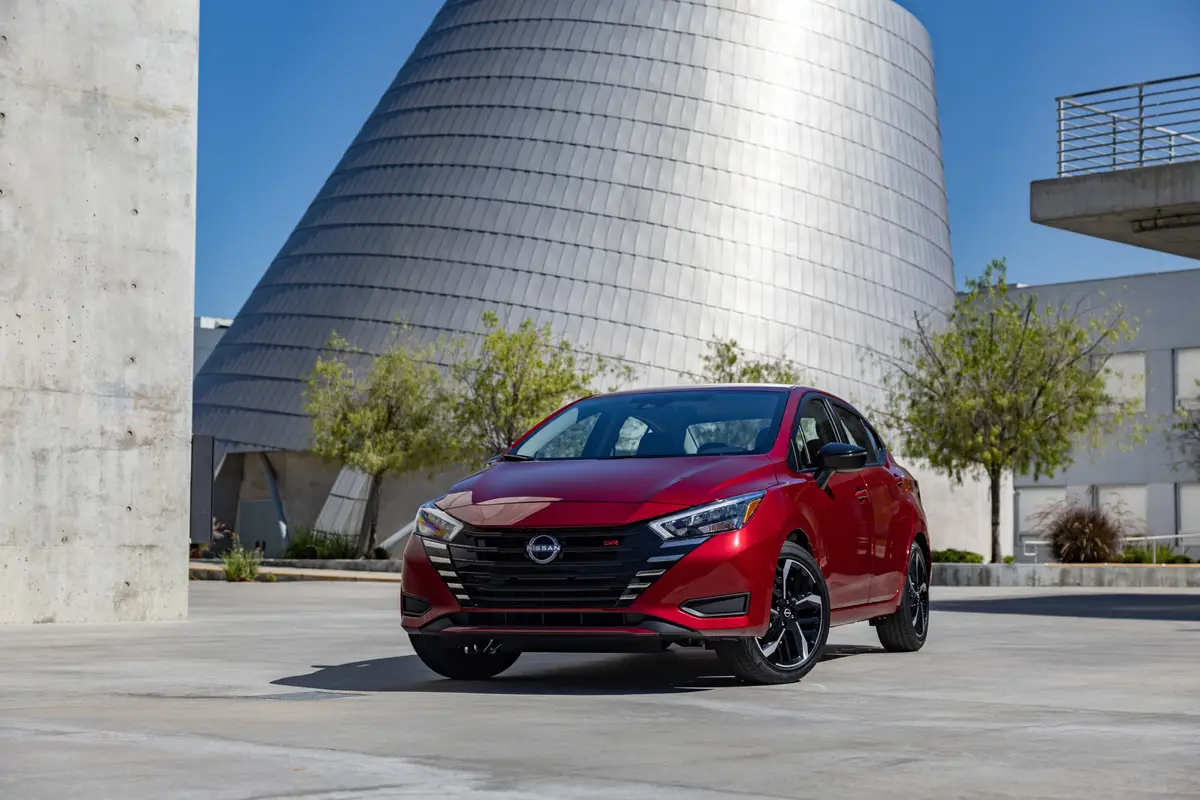Star-Telegram.com's view
Still among the top midsize sedans on the market, the Nissan Altima is one of the affordable family cars that continues to hold its own in the current down economy.
The Altima, which got a complete makeover two years ago, returned for 2009 with only a few minor changes, including a new automatic door-lock system.
Two engines are offered again for ’09, the base 2.5-liter four-cylinder, which has an impressive 175 horsepower and 180 foot-pounds of torque, and the 3.5-liter V-6, one of the best engines ever made. It boasts 270 horsepower and 258 foot-pounds of torque, and turns the Altima into a true sport sedan.
For 2009, the Altima sedan still comes in four trim levels, starting with the 2.5 with a continuously variable automatic transmission (base price $19,900 plus $720 freight), followed by the 2.5 S with a six-speed manual gearbox ($21,040); the 3.5 SE with the manual transmission ($25,180); and the top-of-the-line 3.5 SL ($29,380), which comes only with the CVT. On the two mid-level models, the CVT is a $500 option.
The Altima has consistently been one of the best driver-oriented midsize sedans on the market, along with the Mazda6 and Volkswagen Passat.
The previous-generation model was already the fourth-best-selling car in the United States. With the 2007 redesign, though, Nissan made the Altima significantly better. The upgrades were numerous, ranging from edgier exterior styling to more power to a new, very refined interior more like that of a premium car such a Lexus or Mercedes.
Our test car, the 3.5 SE, with a V-6 engine and leather interior (part of the $2,460 Premium Package) came with a long list of amenities that definitely pushed this version into the premium class.
We also had the automatic transmission, giving our car a base price of $25,680, but with all of the extras, the sticker end up at $33,350 (including freight), which is around the starting price of some premium-brand sedans.
Beyond the stylish redesign, Nissan also virtually eliminated the sometimes-annoying torque steer that owners had complained about on the previous model. Steering was improved to give the car more of a sport feel, Nissan said. Torque steer is the tendency of front-wheel-drive vehicles to try to turn in the direction of the wheel that’s getting power, and it’s present to some degree in almost every vehicle that has front drive.
In the redesigned model, power of the V-6 was increased even as torque steer was reduced, a difficult feat for the Altima’s engineers.
Our V-6 engine made this car one of the most-fun mass-market sedans we’ve tested. But with all the concern over fuel economy these days, it’s good to know that even the Altima’s base four-cylinder engine is no slouch, It’s an enhanced version of the engine from the previous generation of the Altima, and is the second-most-powerful base four-cylinder in the midsize class.
With the manual gearbox, the four-cylinder is rated at 23 miles per gallon in the city and 32 on the highway. With the CVT, the ratings are 23 city/31 highway.
For the V-6 with manual, fuel economy is 18 city/27 highway, but here the automatic is better, with ratings of 19 city/26 highway.
Unlike some of its competitors, the Altima is not a copy of anything. The styling is unique to the car, and it rides on an all-new chassis that for 2009 now also carries the redesigned Nissan Maxima premium sedan.
The exterior is a bit smaller than before, but the interior space remains the same. Nissan said some consumers had complained that the previous model was too big; it was the largest in the class.
The newest Altima is two-and-a-half inches shorter than before, and the wheelbase is an inch shorter. Height is the same, but the car is 0.3 inches wider than the ’06 model. At 189.8 inches long, it’s just a half-inch longer than the Camry, but 1.3 inches shorter than the Accord.
Outside, the Altima is sleek and aerodynamic, but the unique headlights and taillights from the previous model were retained because consumers told Nissan those were among the things they really liked.
The Altima is on Nissan’s new “D” chassis, which also is used for the redesigned Murano crossover utility vehicle that arrived for 2009. This architecture offers improved chassis strength, as well as a completely new front suspension and an improved rear suspension, the automaker said.
Among the technical features are a new speed-sensitive power-steering system, improved brakes with four-wheel discs and an optional antilock system; and electronic stability control, which is packaged with traction control and the antilock brakes.
The continuously variable transmission does not have the irritating rubber-band feeling of some CVTs, and doesn’t rev the engine up annoyingly when shifting to a higher gear level.
Adaptive logic keeps the automatic transmission from unnecessarily changing gears while going up or down hills. The transmission has normal, sport and economy modes. It’s also designed to learn the operator’s driving style, so as to match shift points to that style, Nissan said.
Nissan made quality and attention to detail prevalent throughout the cabin, something that was sorely needed in the Altima. There are chrome accents, plush padded armrests, and a standard tilt-and-telescoping steering column on all trim levels. Seats are quite comfortable, with long cushions and high backs.
Among standard features on all models is an intelligent-key system with pushbutton start, which is usually reserved for luxury cars. Nine cup or bottle holders are placed strategically throughout the cabin, and there are several covered storage compartments. All audio systems come with an auxiliary jack for an iPod or other music player.
Safety tools include standard front seat-mounted side air bags, as well as roof-mounted side-curtain air bags for both rows of seats. There also are active head restraints up front, and a tire-pressure monitoring system.
A gasoline-electric hybrid model is offered in California and a few Northeastern states, but is not sold here in Texas.
Among standard SE amenities are an eight-way power driver’s seat, 17-inch alloy wheels, dual chrome exhaust tips, a nice front console with sliding armrest, a trip computer with outside temperature display, power windows/mirrors/door locks with remote, cruise control, leather-wrapped steering wheel, automatic headlights, 60/40 split-folding rear seat, tilt/telescopic steering column, speed-sensitive intermittent wipers, and dual illuminated visor vanity mirrors.
There are map pockets in all four doors (with bottle holders), and child-seat anchors and tethers in the back along with child-safe rear door locks.
Besides the leather seats, the Premium Package on our tester brought power lumbar support for the driver’s seat, heated driver and front-passenger seats, a Bose AM/FM/compact-disc stereo with CD changer and nine speakers, XM satellite radio, dual-zone automatic climate control with rear vents, and universal garage opener.
Our car also came with the Sport Package ($1,490), which added a rear spoiler, Xenon headlights, electronic stability control and fog lights; and the Technology Package ($2,000), which tacked on the touch-screen navigation system with back-up camera and XM nav traffic.
We had the Moon-roof Package ($850) as well, along with the five-piece floor and trunk-mat set ($175).
The automotive columns of G. Chambers Williams III have appeared regularly in the Star-Telegram since 1995. Contact him at 210-250-3236; chambers@star-telegram.com.
2009 Nissan Altima sedan
The package: Midsize, four-door, five-passenger, four-cylinder or V-6-powered, front-wheel-drive sport sedan.
Highlights: Nissan’s popular midsize sedan entered its newest generation for 2007 with revised styling, a much more-refined interior, and a more-powerful V-6 engine, among many improvements.
Negatives: Electronic stability control should be standard, but isn’t even offered on four-cylinder models.
Engine: 2.5-liter inline four cylinder or 3.5-liter V-6.
Transmission: Six-speed manual or continuously variable automatic.
Power/torque: 175 HP/180 foot-pounds (I-4); 270 HP/258 foot-pounds (V-6).
Length: 189.8 inches.
Curb weight: 3,055-3,334 pounds.
Brakes, front/rear: Disc/disc, antilock optional (standard on V-6 models).
Trunk volume: 15.3 cubic feet.
Side air bags: Front seat-mounted, roof-mounted side-curtain for both rows, standard.
Electronic stability control: Optional on V-6 models.
Fuel capacity/type: 20 gallons/unleaded regular (I-4); unleaded premium (V-6).
EPA fuel economy: 18-23 mpg city/26-32 highway.
Major competitors: Volkswagen Passat, Honda Accord, Toyota Camry, Mazda 6, Kia Optima, Hyundai Sonata, Chrysler Sebring, Dodge Avenger, Mitsubishi Galant, Chevrolet Malibu, Pontiac G6, Saturn Aura, Ford Fusion, Mercury Milan, Subaru Legacy.
Base price range: $19,900-$29,380 plus $720 freight.
Price as tested: $33,350, including freight and options (3.5 SE automatic).
On the Road rating: 9.3 (of a possible 10).
Prices shown are manufacturer’s suggested retail; actual selling price may vary.
Latest news



